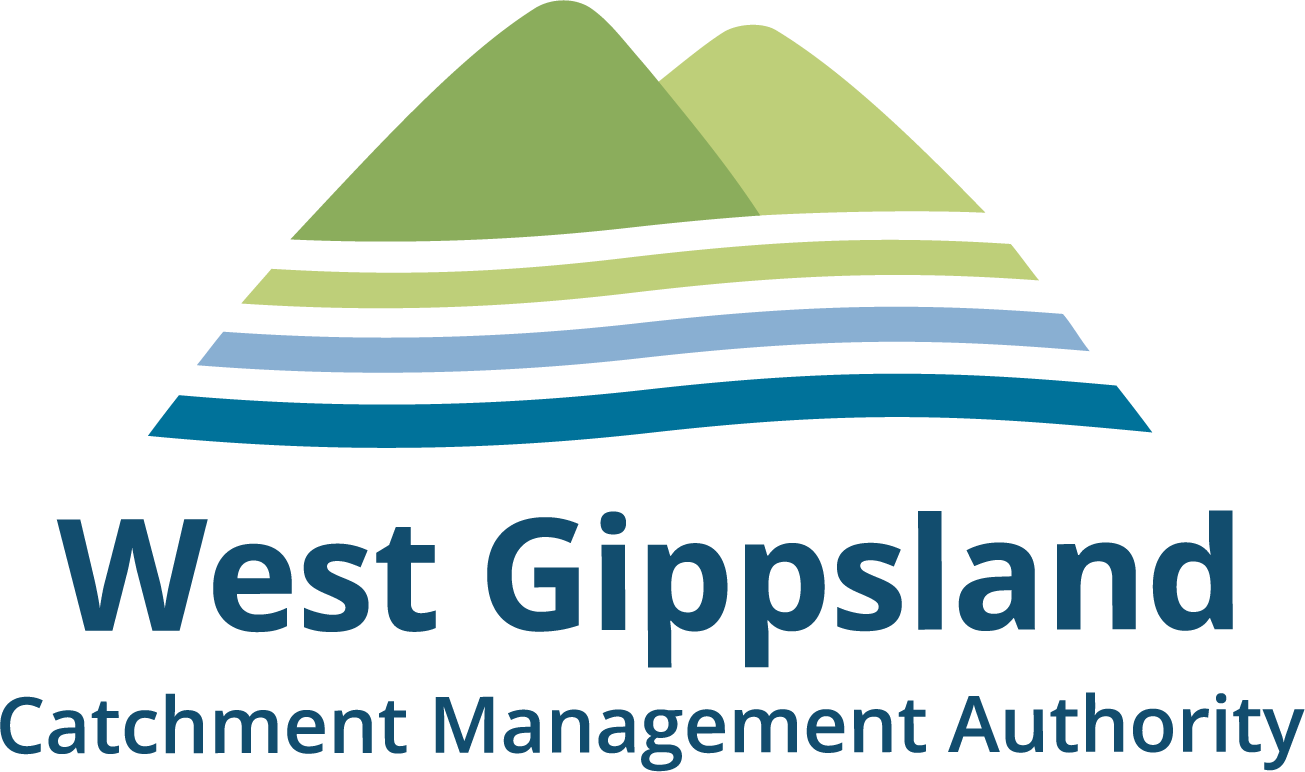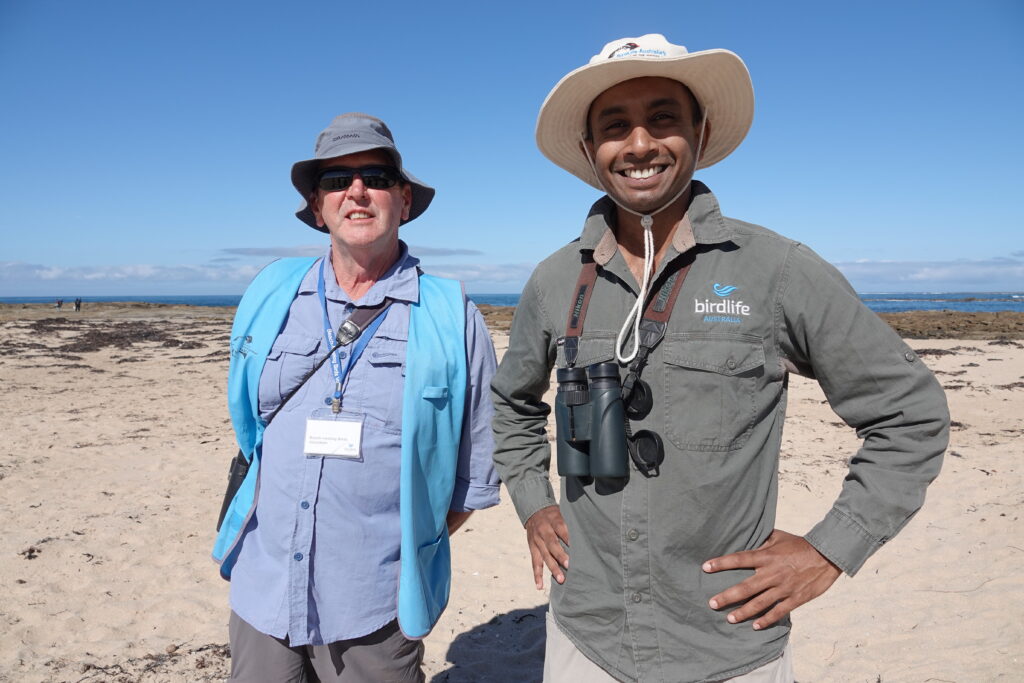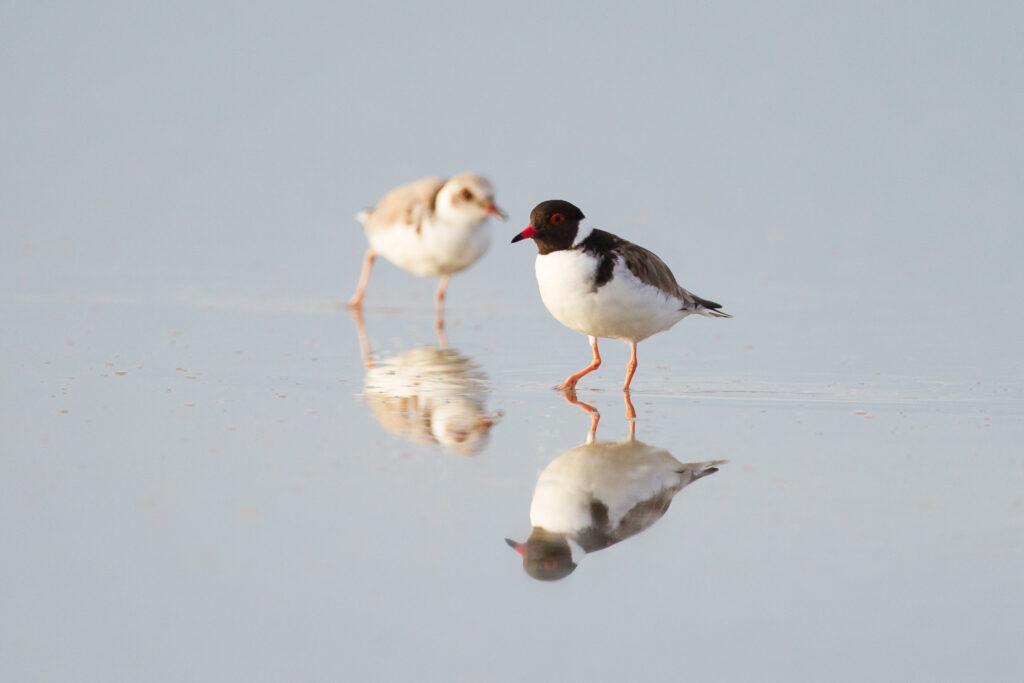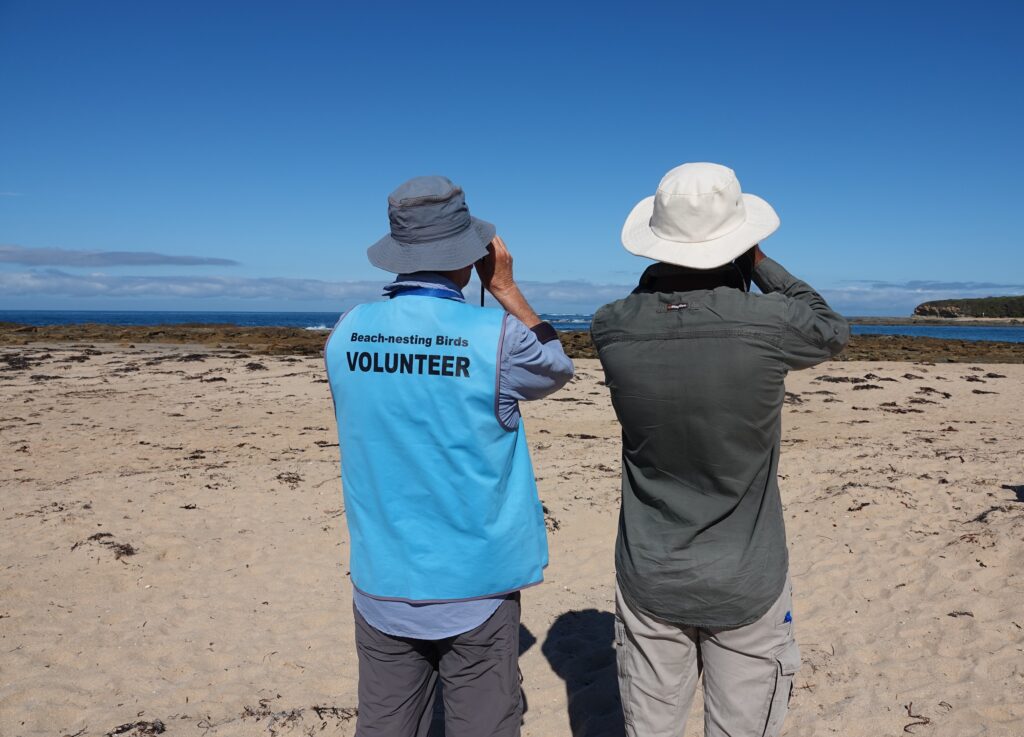Kugerungmome/Powlett River – a river with heart
Take a trip to the picturesque Kugerungmome/Powlett River on Bunurong Country and you will see how the local community has been caring for the river and its catchment first-hand.
Kugerungmome/Powlett River enters Bass Strait at Kilcunda. It is a much-loved river alive with biodiversity, stories and cultural values. The vision for, and priority action to improve the health of the catchment have collaboratively been identified by Traditional Owners, community and partnership agencies.
A total of $1 million has been secured to support the delivery of some key projects. This second stage of the Kugerungmome project builds on the previous four-year program which established strong partnerships and collaborative delivery of on ground outcomes.
The current project will deliver environmental improvement outcomes on the ground and continue to build even stronger partnerships to work together in and advocate for the catchment and river to deliver on our shared vision.
On-ground projects will be delivered by the West Gippsland Catchment Management Authority (CMA), Bunurong Land Council Aboriginal Corporation, Bass Coast Landcare Network, Trust for Nature, Birdlife Australia and South Gippsland Water. They will bring landholders and community together and expand the reach and possibilities of works. They will also build a sense of stewardship to leave a lasting legacy in the catchment covering over 50,000 hectares.
Sub-projects include protecting cultural values, controlling predators to protect wildlife, protecting threatened birds such as the Hooded Plover, revegetating riverbanks and improving water quality across the Powlett catchment.
West Gippsland CMA sees everyone in the catchment as part of the river’s future with opportunities to act as stewards to play a small or large role in caring for it.
“When you bring everyone together it creates a groundswell of possibility and the large task of taking action becomes bite-size and manageable – supported by each other. That’s how integrated catchment management works,” explained Deb Archer, Manager Catchment and Communities at the West Gippsland CMA.
The Kugerungmome/Powlett Partnerships project is funded as part of the Victorian Government’s Our Catchments, Our Communities program aiming to improve the health of waterways and catchments across regional Victoria.
West Gippsland CMA is responsible for over 40,000 kilometres of designated waterways across the region. All these waterways flow to the Victorian coast, discharging through the Gippsland Lakes, or directly into Bass Strait and the Southern Ocean.
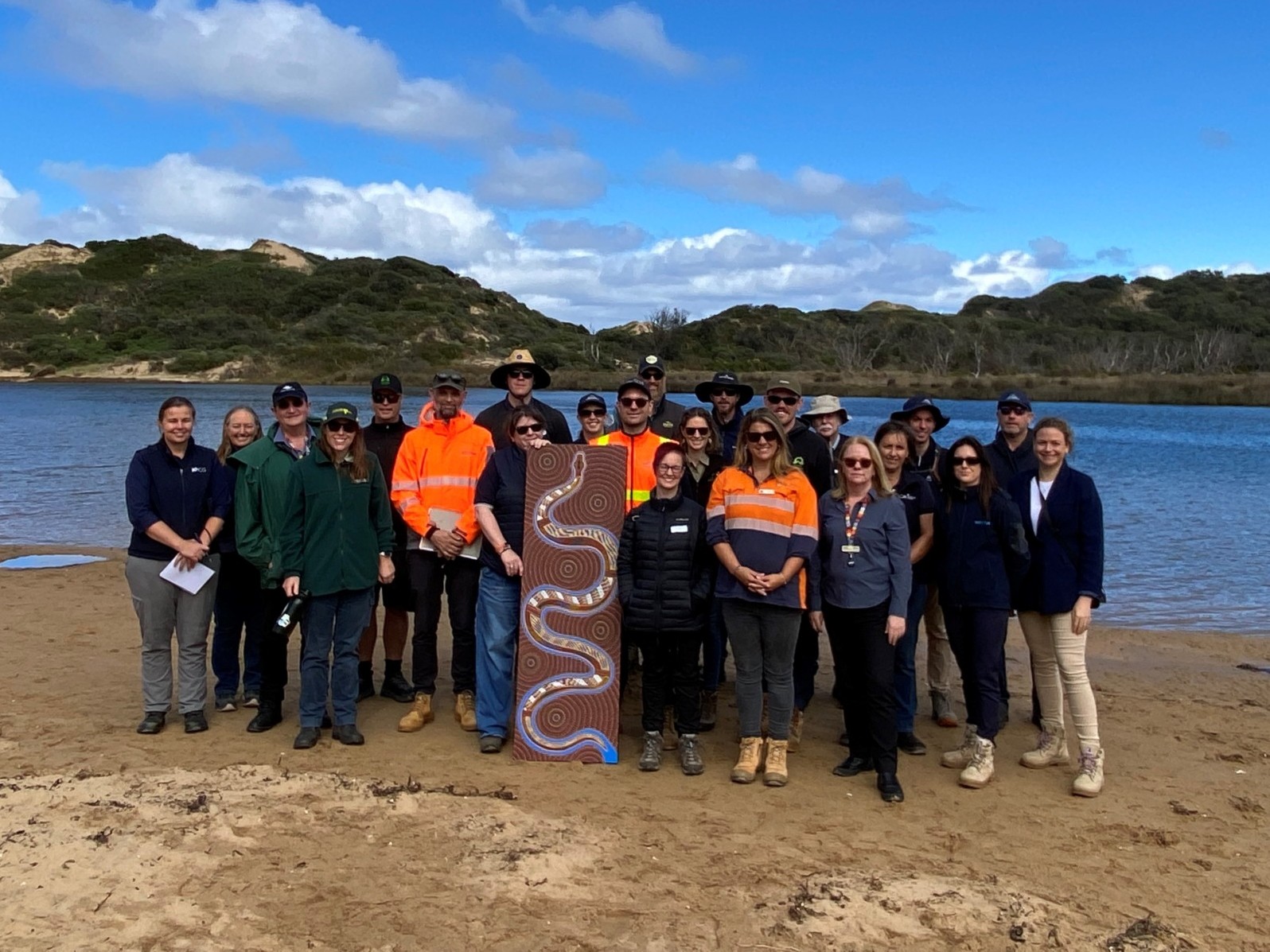
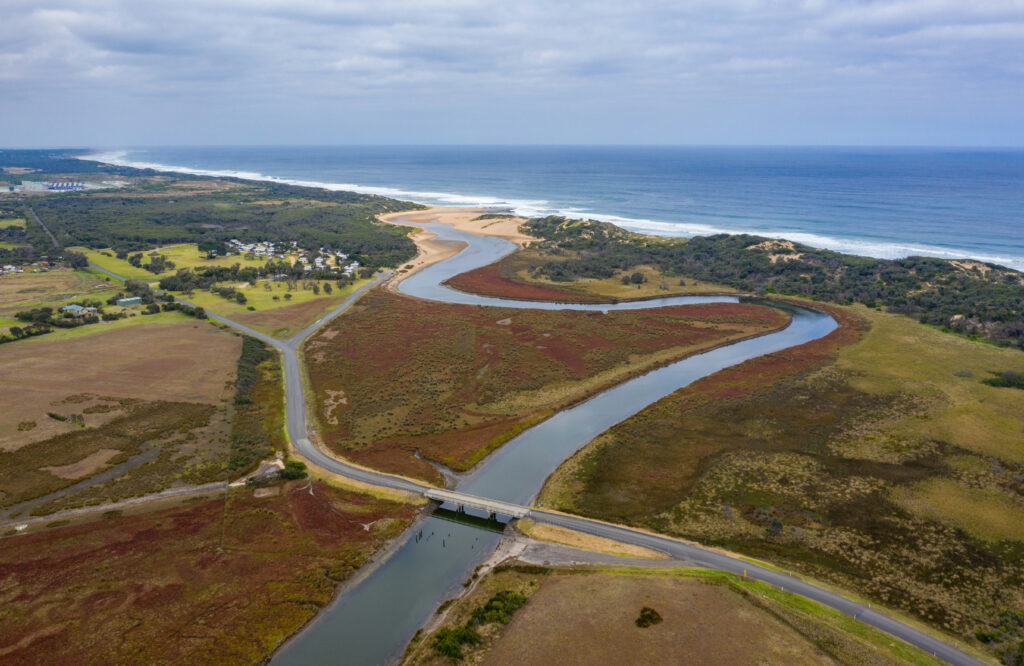
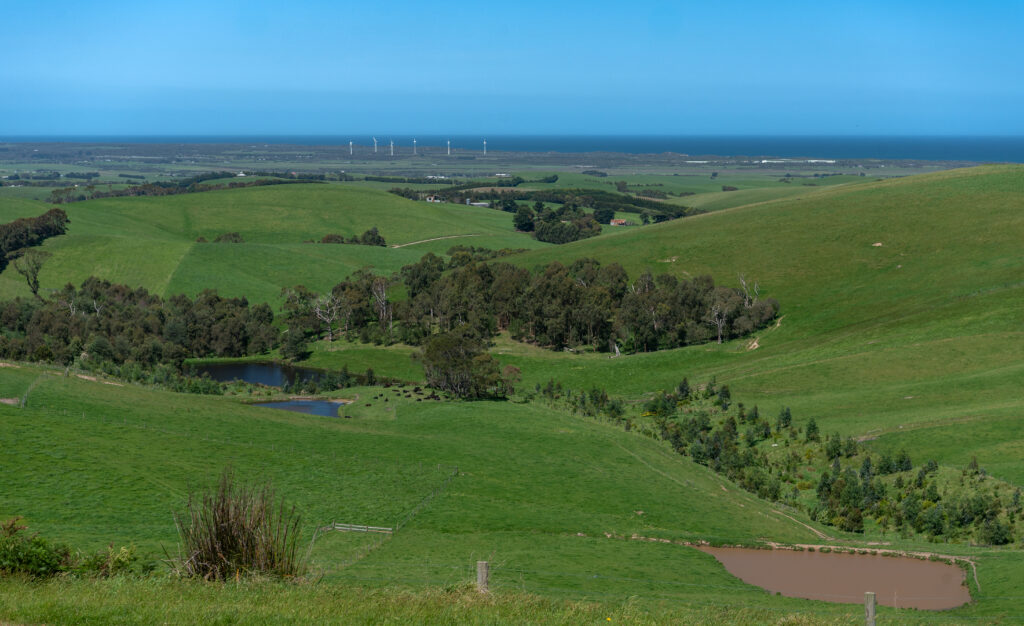
Not on our watch: saving a species from extinction, one walk at a time
Every day over summer David Hartney goes for a walk along the beach at Cape Paterson. He takes his time, observing the changes in the dunes, the telltale tracks of wildlife, the rise and swell of the tide.
He recognises a single, tiny track in the sand. ‘KK’ has been here. He can’t see her but knows she’s around. Just like he knows that ‘DH’ now lives in Sandy Point and ‘EZ’, despite an injury, made it all the way to Lorne.
He knows because he’s been tracking these beaches for five years.
EZ, DH and KK, aka ‘Stumpy’ are Hooded Plovers, and their lives – from chick to fledgling to breeding adult – are recorded by David and a tribe of volunteers who take to the beaches during the spring-summer breeding season to help save this threatened species from extinction.
Tough, tenacious and resilient is how he describes the tiny, beach-nesting birds who must battle people, pets, storms and predators to raise their chicks.
“We have a lovely little bird named KK, known as Stumpy because she’s got one foot missing. That bird is 15 years old and has introduced five fledglings into the population over her life. You know she’s around because she’s got a very distinctive footprint,” David said.
By banding the birds with tags that identify them, Friends of the Hooded Plovers volunteers provide valuable data to BirdLife Australia and help with efforts to improve the unacceptably low survival rates of chicks.
“The fact that these birds only nest on beaches during spring and summer presents them with huge challenges,” explained Kasun Ekanayake, ‘Hooded Plover guru’ and Beach-nesting Birds Project Coordinator at BirdLife Australia.
“The beaches are really busy with people and dogs. Then there are predators like foxes and feral cats to contend with. Because of these challenges, the birds suffer a lot of breeding failure. That’s why we stepped in and got volunteers in local communities involved in the conservation of this species.”
David’s team focuses on a stretch of beach between San Remo and Inverloch – home to Victoria’s second highest population of Hooded Plovers.
He’s passionate about his role, not only for the local hoodies on his watch but what their survival means for the health of the beach environment that he’s so closely connected to.
“The Hooded Plovers are like the canary in the coalmine. If we lose this species I think it’s a sad indictment on our society and communities that these birds haven’t been able to survive in coexistence with us,” he said.
BirdLife Australia and Bunurong Land Council Aboriginal Corporation, Bass Coast Landcare Network, South Gippsland Landcare and Parks Victoria on a four-year project to help the survival of the region’s Hooded Plover population.
Toward Zero Extinctions: Protect the Eastern Hooded Plover is a $1.5 million dollar project aimed at protecting nests during breeding season, controlling foxes and other introduced pests, and engaging the community about the plight of the plover – and how they can help its survival.
To learn more, tune into the latest episode of Gippslandscapes podcast, where Kasun and David take a walk along Cape Paterson beach on the Bunurong Coast to check-in on the resident Hoodies and chat about what it means to be a Hoodie lover.
This project is funded by the Australian Government Natural Heritage Trust and delivered by West Gippsland CMA, a member of the Commonwealth Regional Delivery Partners panel.
Podcast #76: Hope for Hoodies
There’s a whole lotta plover love in this episode of Gippslandscapes when we chat with Hooded Plover guru Kasun Ekanayake from BirdLife Australia about the plight of the plover, their tenacity in raising chicks on busy summer beaches and how devoted volunteers like David Hartney from Friends of the Hooded Plover – Bass Coast and South Gippsland, are helping to save the species from extinction by protecting their vulnerable nests and chicks from threats of people, pets and predators.
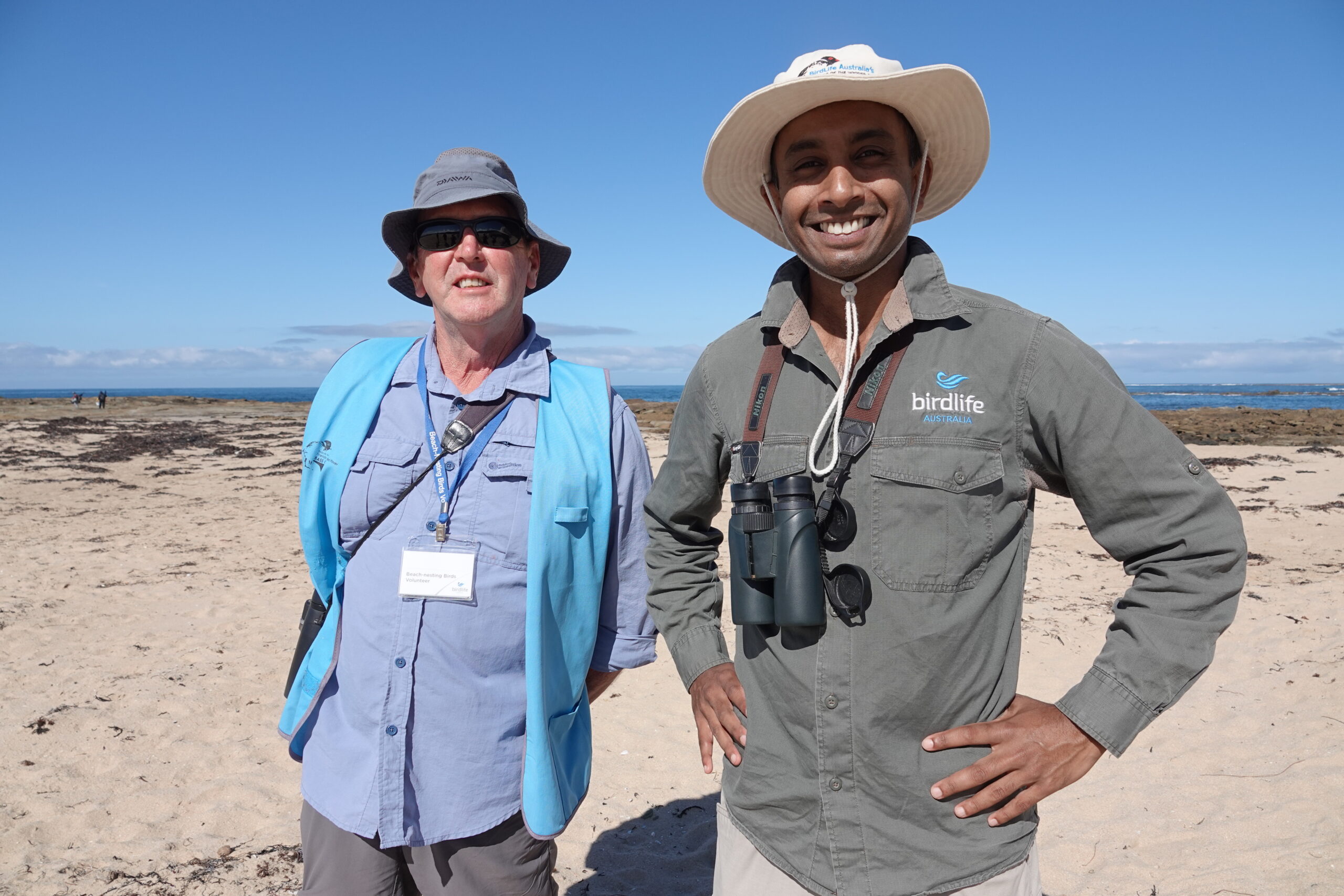
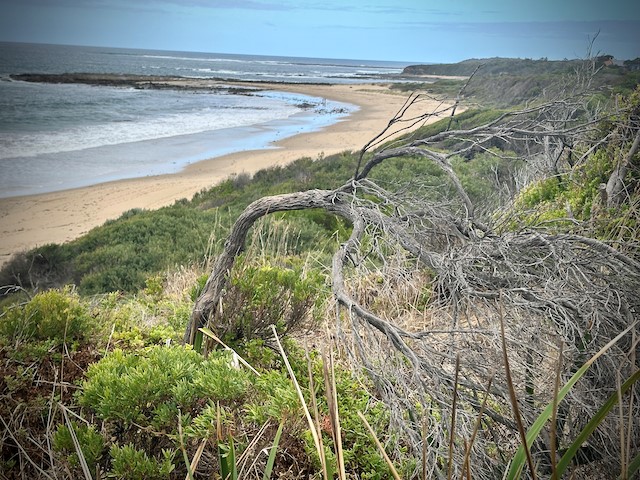
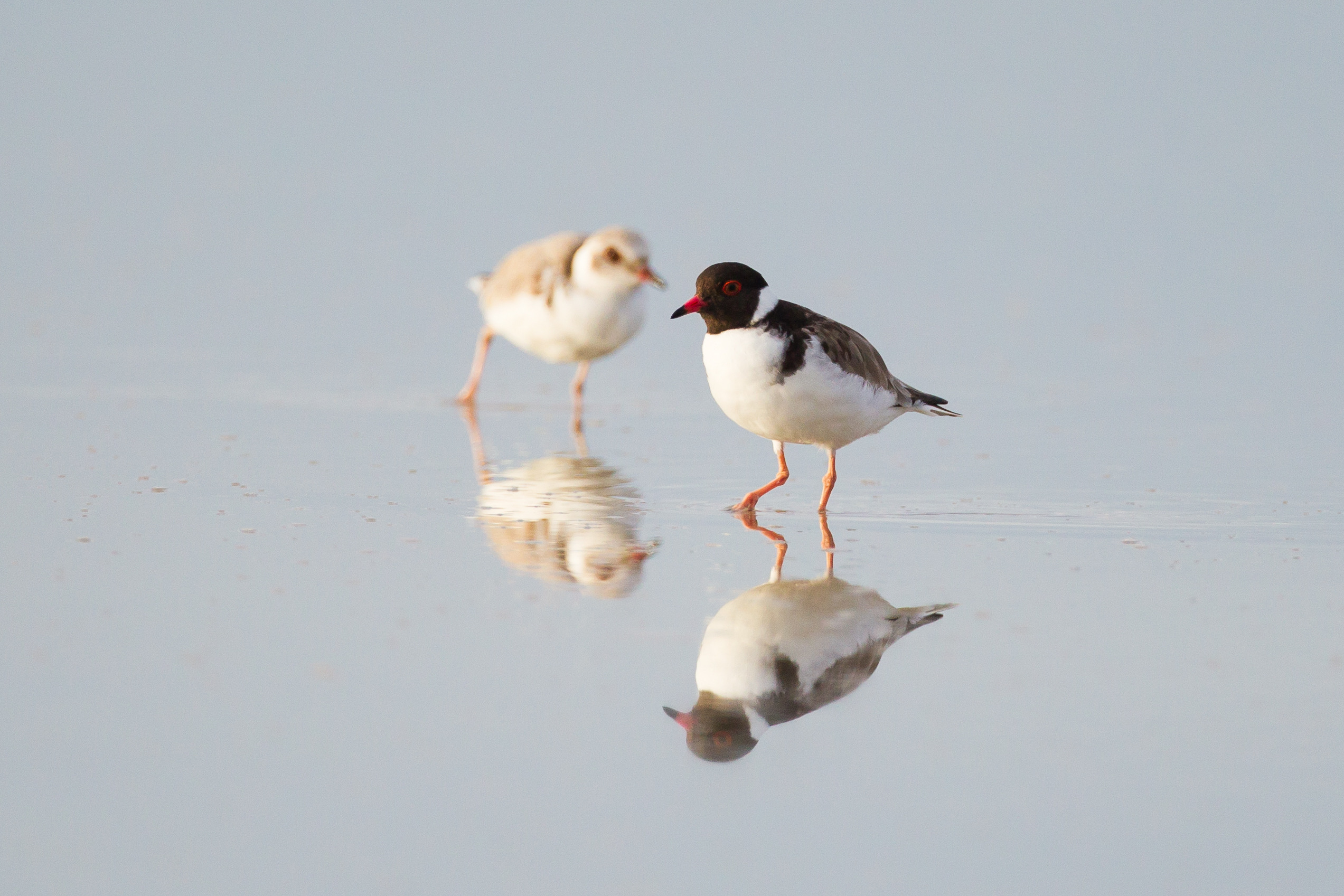
Partnership to save plovers from extinction
West Gippsland Catchment Management Authority (the CMA) is excited to announce a new $1.5 million project aimed at saving one of our region’s much-loved native birds from extinction.
Eastern Hooded Plovers — affectionally known as ‘Hoodies’ — are tiny shorebirds that nest along the Victorian coastline where the adults, their eggs and chicks are highly vulnerable to disturbance by humans, coastal weeds, rough weather, off-lead dogs and their number one predator – foxes.
Together with BirdLife Australia, Bunurong Land Council Aboriginal Corporation, Bass Coast Landcare Network, South Gippsland Landcare, Parks Victoria and the community, the CMA is embarking on a four-year project to help the survival of Hoodies.
Toward Zero Extinctions: Protect the Eastern Hooded Plover will involve protecting nests during breeding season, controlling foxes and other introduced pests, and engaging the community about the plight of the plover – and how they can help its survival.
“There are only around 3,000 Hoodies remaining in south-eastern Australian and less than 2.5 percent of Hooded Plover eggs make it to adult stage,” said Shayne Haywood, the CMA’s Manager – Land and Biodiversity.
“The coastline between San Remo and Inverloch is home to the second largest population of Hooded Plovers in Victoria so it’s vital that we work together to protect these vulnerable native species whose survival depends on having safe, protected breeding sites,” said Shayne.
During breeding season, Hoodies face many threats to survival, from people accidently trampling their nests to off-lead dogs scaring the birds and eating their eggs. Even if the eggs successfully hatch, Hoodie chicks can’t fly for the first five weeks of their life, making them highly vulnerable to predators, particularly foxes. To reduce this threat, the CMA and partners will undertake a coordinated approach to fox control across public and private land, conducted in partnership with landholders and Parks Victoria.
“By reducing fox numbers, we can help increase the chance of survival for eggs and fledglings and help boost the population of Hoodies overall.”
Enclosing vulnerable breeding sites to protect nests and chicks and signage at beaches are also key activities of the program, supported by BirdLife Australia’s monitoring program and population counts.
“Many people in our community already know about the plight of plovers and are actively involved in their protection by avoiding nesting sites, keeping dogs on leads at the beach and volunteering through BirdLife Australia’s Beach-nesting Birds Program.”
“This partnership project is an exciting next step in the protection and recovery of plover populations in West Gippsland. The CMA is thrilled to be involved in this important work as part of our role in catchment health and protecting the region’s unique biodiversity.”
This project is funded by the Australian Government Natural Heritage Trust and delivered by West Gippsland CMA, a member of the Commonwealth Regional Delivery Partners panel.
West Gippsland CMA is responsible for over 40,000 kilometres of designated waterways across the region. All of these waterways flow to the Victorian coast, discharging through the Gippsland Lakes, or directly into Bass Strait and the Southern Ocean.
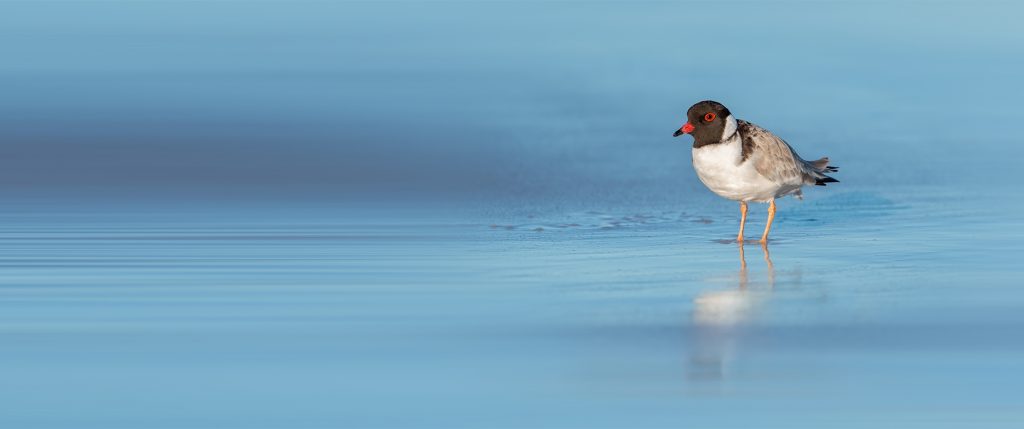

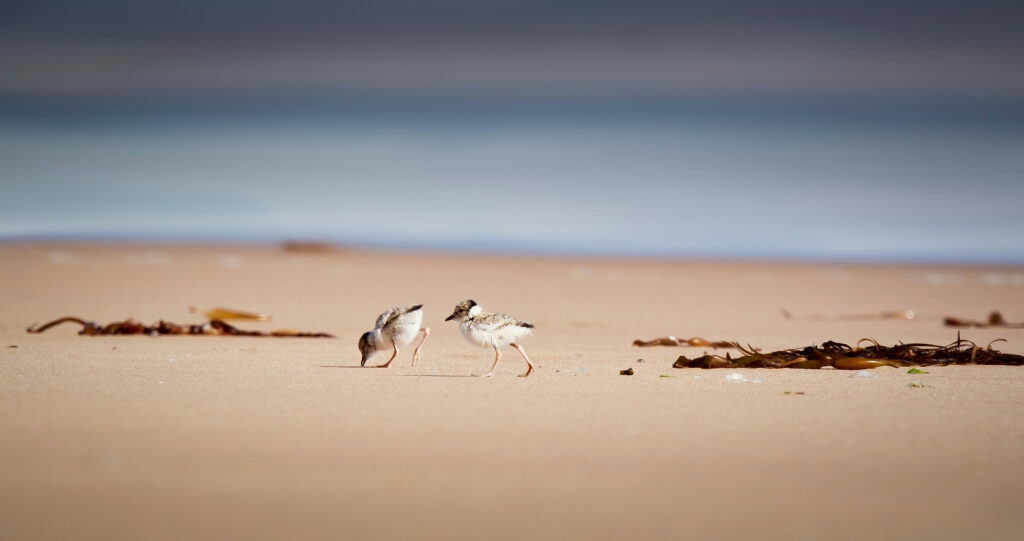

Partnerships in action is what West Gippsland Catchment Management Authority (WGCMA) is all about and the Powlett River/Kugerungmome Partnerships Project is the latest example of how many hands can make light work for the environment.
The multi-faceted project is integrated in that it brings many stakeholders together to work on projects for mutual benefit to the overall catchment. Project partners recently gathered in Dalyston to share information about their role in the partnership, learn from each other, and give support and advice.
Paula Camenzuli, Natural Resource Management Strategic Planner for WGCMA said: “What we are trying to achieve with the Powlett River/Kugerungmome Partnerships Project is to have a holistic, integrated view of the entire Powlett catchment from the southern slopes of the Strzelecki Ranges to the estuary, where it meets Bass Strait in Kilcunda.”
The three-year project has several, integrated parts including enhancing waterways through weed removal, fencing and revegetation. These activities help to improve the health of the Powlett River and its tributaries, create habitat and corridors for wildlife, and increase biodiversity in the catchment area.
A key outcome of the project is caring for and raising awareness of threatened species such as the Giant Gippsland Earthworm in the hills and Hooded Plovers on the beaches. Restoring native vegetation and removing weed infestation on select properties with conservation covenants to ensure they are protected forever will also be undertaken.
Essential to the project has been consultation with Traditional Owners and key project partners, the Bunurong Land Council from the outset. The Land Council gave permission for the Bunurong language name of Kugerungmome to be used alongside Powlett River and have created a painting that symbolises the river and its story, which will be used in communications across the life of the project.
Other local project partners include Bass Coast Landcare Network, Parks Victoria, Trust for Nature, landholders and community groups.
Rivers connect places, communities and people. The integrated nature of the initiative uses the passion people have for their local area and the power of connections to expand the reach and impact that could not be achieved with single agencies working in isolation.
The Powlett River catchment has been identified as a priority area in both the West Gippsland Regional Catchment Strategy and Regional Waterway Strategy. It has a total catchment area of 50,800 hectares and six main tributaries, of which Foster Creek is the most upstream, followed by Lance, West, Archies, Bridge and Woolshed Creeks. Land-use in the catchment is largely agricultural and is dominated by dairy and beef production. Lance Creek reservoir supplies water to the Wonthaggi, Inverloch and Cape Patterson townships.
This project is supported by WGCMA through funding from the Victorian Government’s Our Catchments, Our Communities Program.
